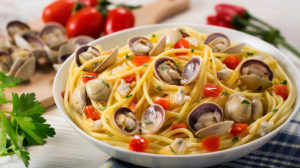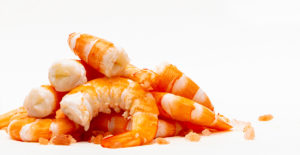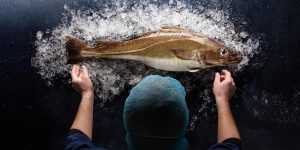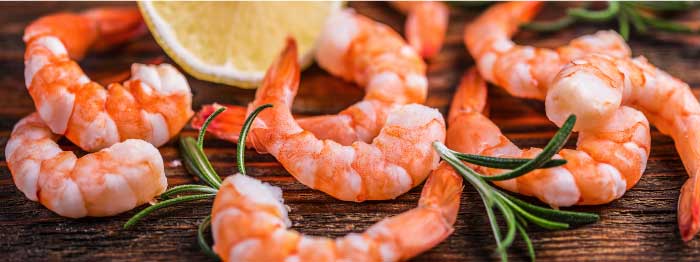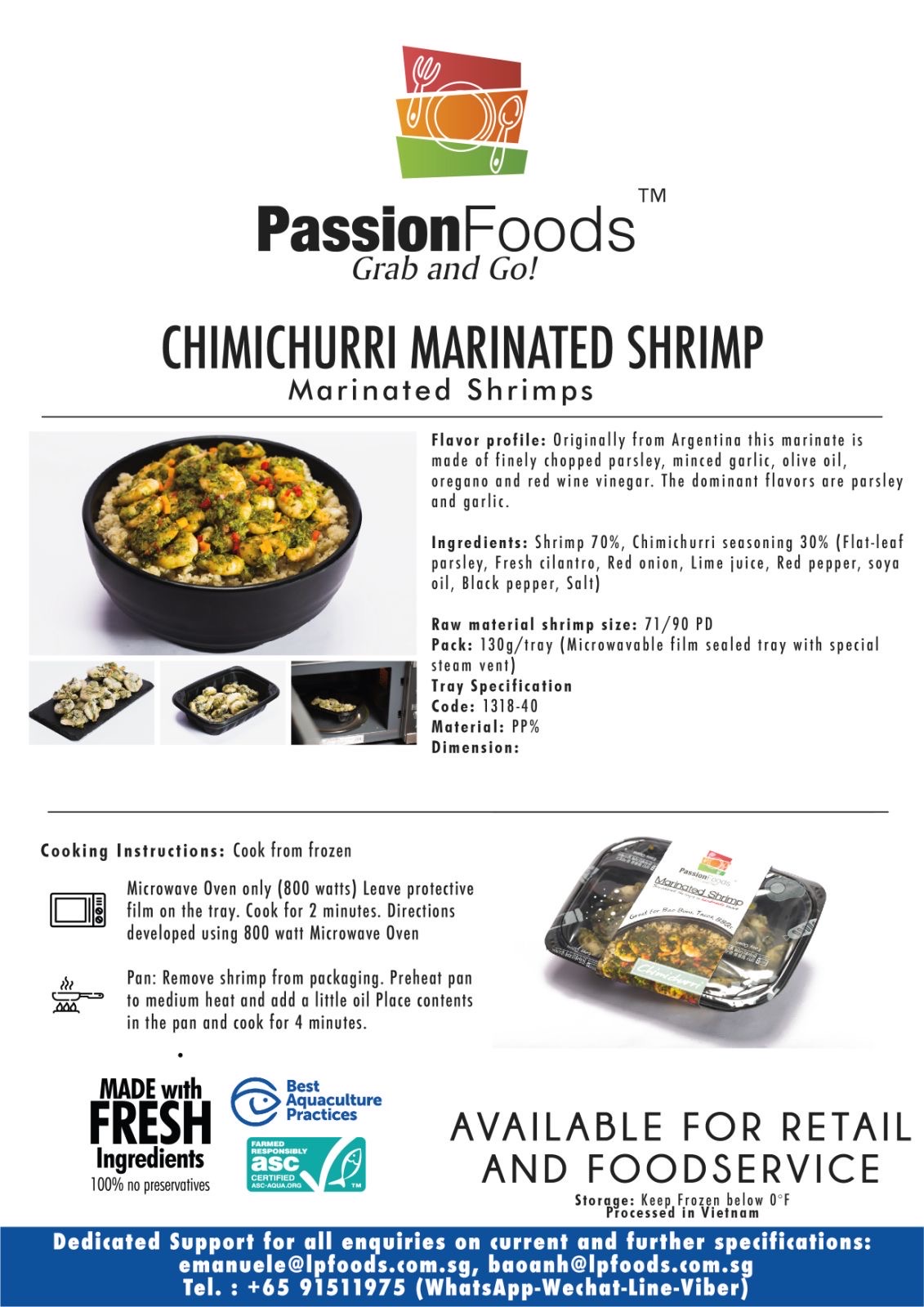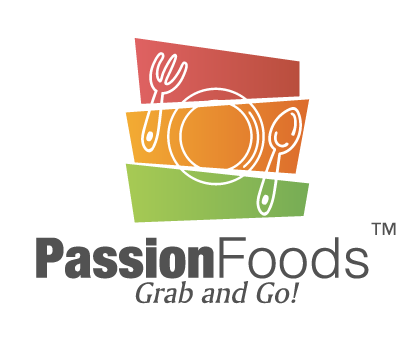
Success Story: How Our Japanese Clients Overcame African Octopus Price Problem
African octopus is the most in-demand octopus in the world. Japanese market is an eager buyer of frozen on-board and frozen at-land high quality octopus. Moroccan and Mauritanian octopus is dominant in the Japanese market, but buyers usually face the frequent price volatility. …

